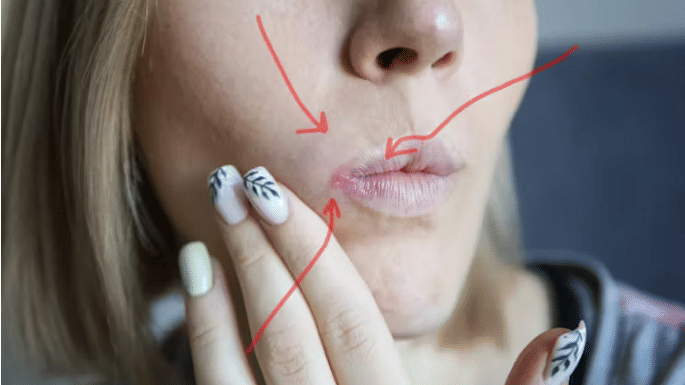The Greek philosopher Zeno of Citium once said that we have two ears and one mouth so that we can listen twice as much as we speak. It’s a sentiment many parents, grandparents – and US TV personality Judge Judy – are fond of repeating. And for good reason too.
But the mouth acts as more than a means of communication, or entry for food and drink. It’s also a way of identifying some internal diseases.
For example, many of us will be familiar with the pesky mouth ulcer. They’re very common and often found on the internal lining of the mouth, the tongue or gingivae – the gums. And by gum are they irritating.
The most common type are aphthous ulcers, round or oval swollen sores, which typically start off yellow in colour before turning grey(ish) later. They often have a red border or “halo” around them.
They don’t last very long and any associated soreness or irritation can be treated with simple painkillers, or by using over-the-counter treatments like sprays or mouthwashes. It’s also a good idea to avoid spicy, salty or sour foods that could be irritating and painful while you have a mouth ulcer.
We’re not sure what causes ulcers but associations have been drawn between physical damage from bite injuries to the inner cheek or tongue. Other possibilities include hormone fluctuation, vitamin and mineral deficiencies and stress.
A few words of caution, though. Minor aphthous ulcers are short-lived and should resolve within a three-week period. Be vigilant for any ulcers that persist longer than three weeks, are near the back of the throat, or are larger than one centimetre in diameter. This is because growing, non-healing lesions can indicate oral cancer. Oral cancer can also present as discoloured patches or lumps in the mouth or throat, causing symptoms like difficulty in swallowing or speaking, and a hoarse voice, among others.
It’s important to get these sorts of symptoms checked urgently by a doctor or dentist. Do be vigilant too for ulcers which bleed, which might suggest either cancer or infection.
Ulcers or sores in the mouth can also be caused by diseases which affect multiple organs. Crohn’s disease and coeliac disease can cause recurrent ulcers – and the patient can notice gastrointestinal symptoms, including abdominal pain and altered bowel habits.
The condition Behcet’s disease can cause painful, swollen joints, and sores which appear not only in the mouth, but also on the genitalia. Ulcers can also be a sign of an impaired immune system.
So, if you’re noticing that you keep getting mouth ulcers – or notice sores elsewhere or other associated symptoms – do make an appointment to see a doctor.
Viral causes
Viruses can cause a wide variety of dots and spots in and around the mouth.
Take the herpes simplex virus, which produces a blistering lesion known as a cold sore, which typically crusts over and heals after a week or two. Avoid skin-to-skin contact (such as kissing) with the sore during this time to prevent transmission of the virus.
Then there is hand, foot and mouth disease, a viral condition particularly seen in children. It causes a rash of sores and blisters affecting the hands, feet and in and around the mouth.
Even the measles virus can trigger a rash inside the mouth known as Koplik spots. Koplik spots are only ever associated with measles. They are white spots that look like grains of sugar or salt on the inside lining of the cheeks. They usually appear before the skin rash erupts, which starts at the head before spreading to the body.
Cracks at the corners
Have you ever noticed soreness or cracks appearing at the corners of your mouth – the areas that are drawn upwards when you smile? That’s angular stomatitis, also known as angular cheilitis or perleche.
It’s a common disorder caused by chapped or dry lips, as a result of viral illness, or from cold weather. But suppose that instead of healing, the cracks continue to hurt, blister or bleed.
The causes of angular stomatitis are extensive, ranging from diseases like Crohn’s and coeliac disease to poorly fitting dentures and infections like thrush. Cracks at the corners of the mouth can also indicate a variety of vitamin and mineral deficiencies too. Iron deficiency is a possibility, or low levels of zinc, folate, and Vitamin B2 (riboflavin) or B12.
So the rule of thumb is that if you notice any sores, ulcers or cracks in and around your mouth that persist beyond a couple of weeks, bleed and don’t seem to heal then do seek medical advice.
Dan Baumgardt, Senior Lecturer, School of Physiology, Pharmacology and Neuroscience, University of Bristol
This article is republished from The Conversation under a Creative Commons license. Read the original article.






